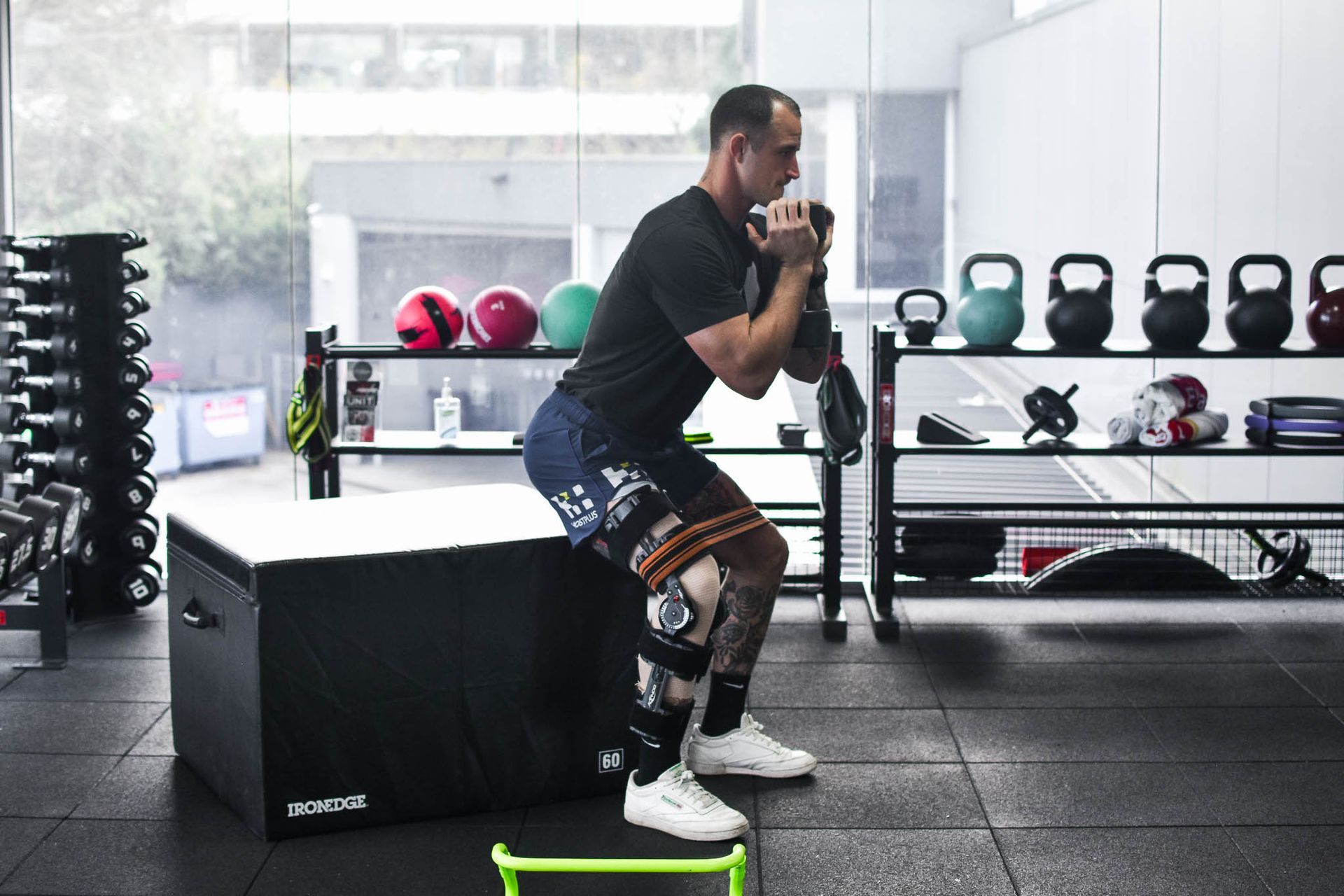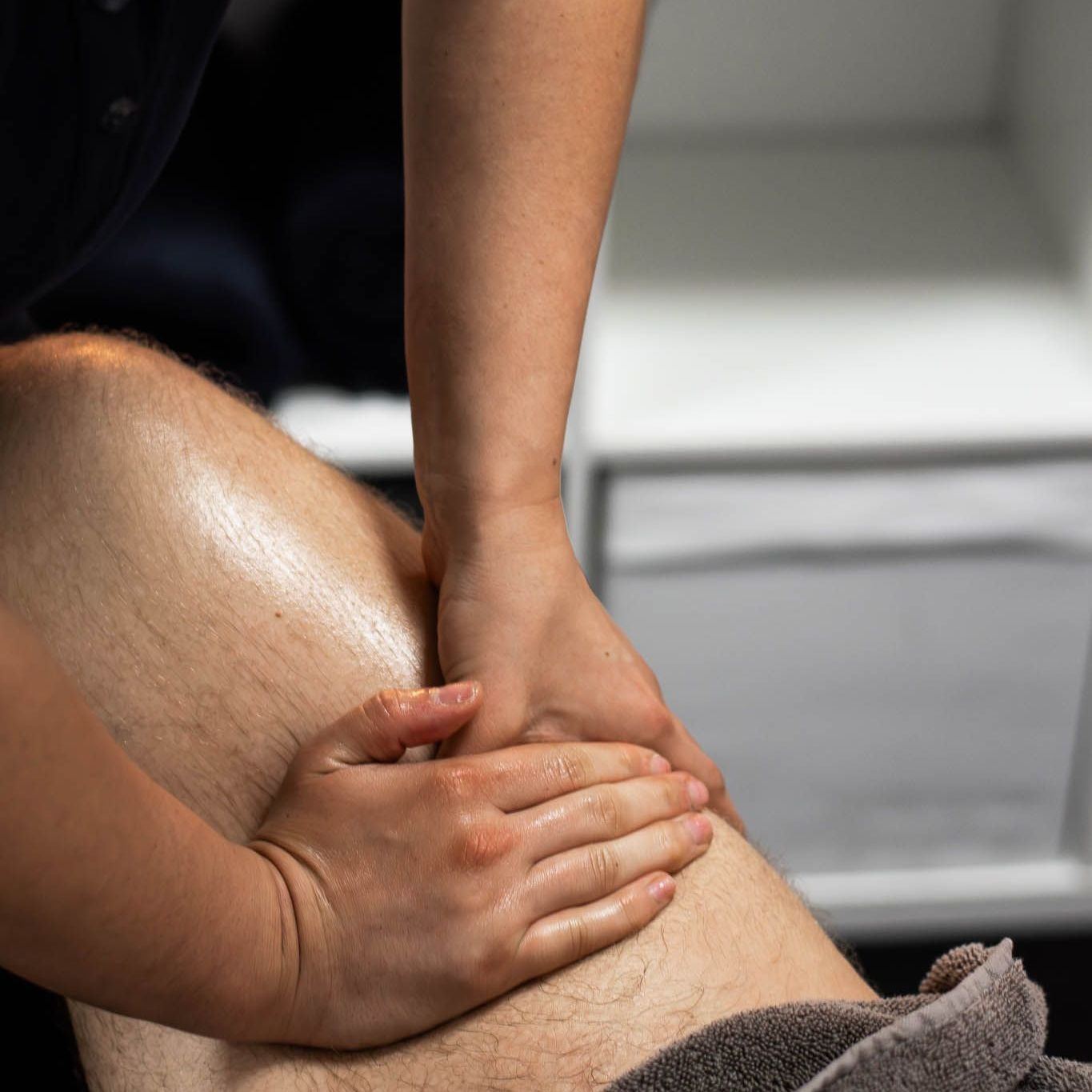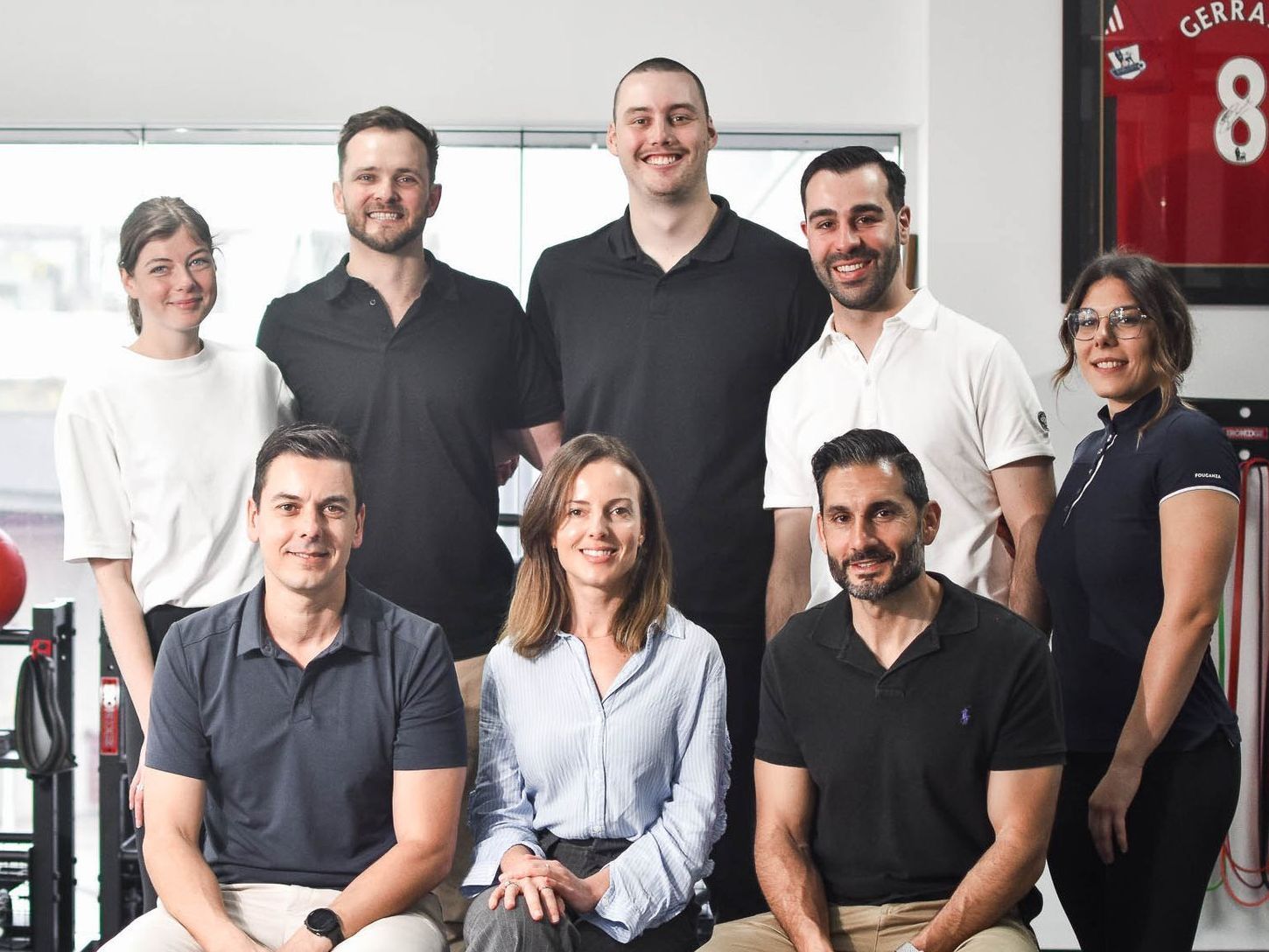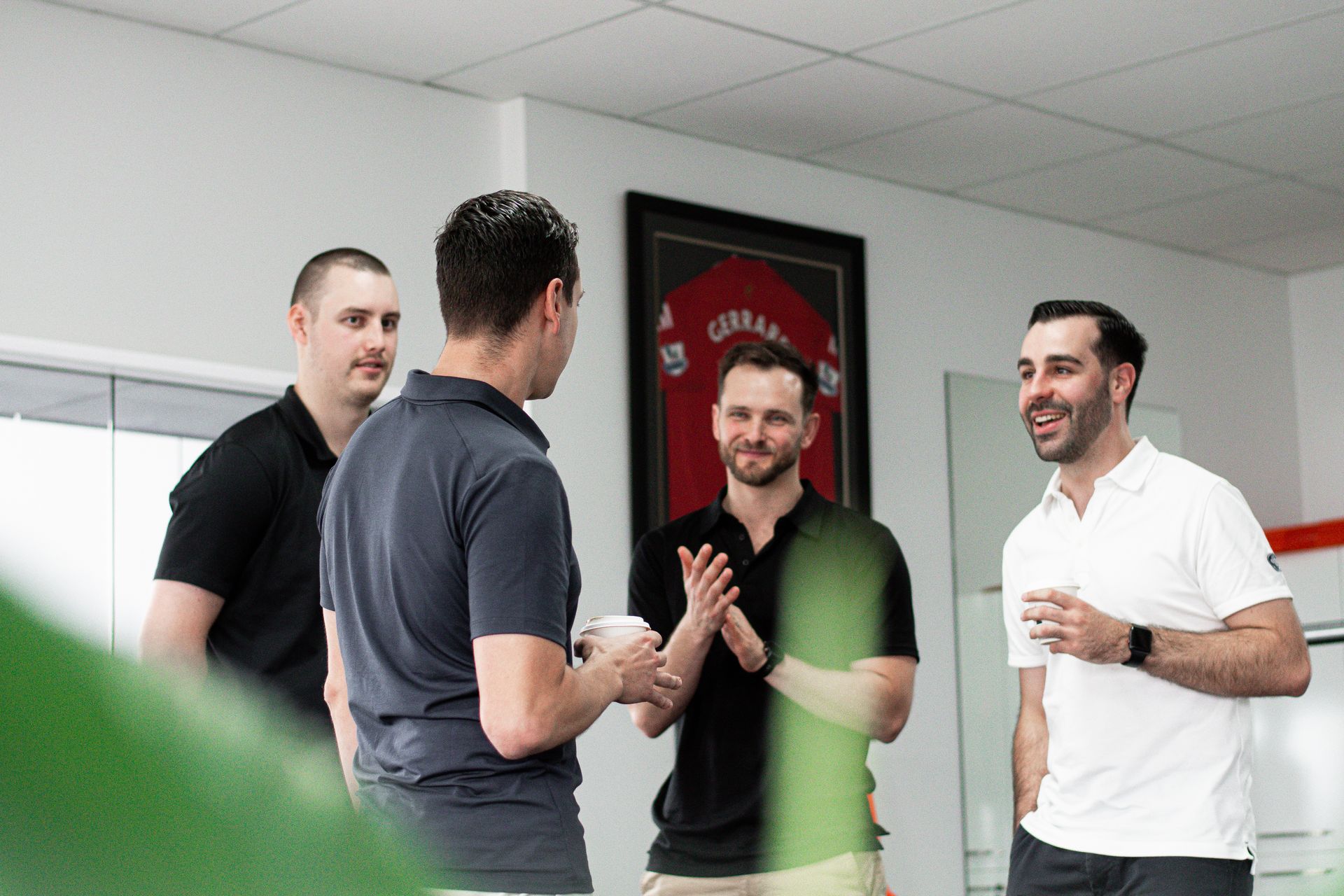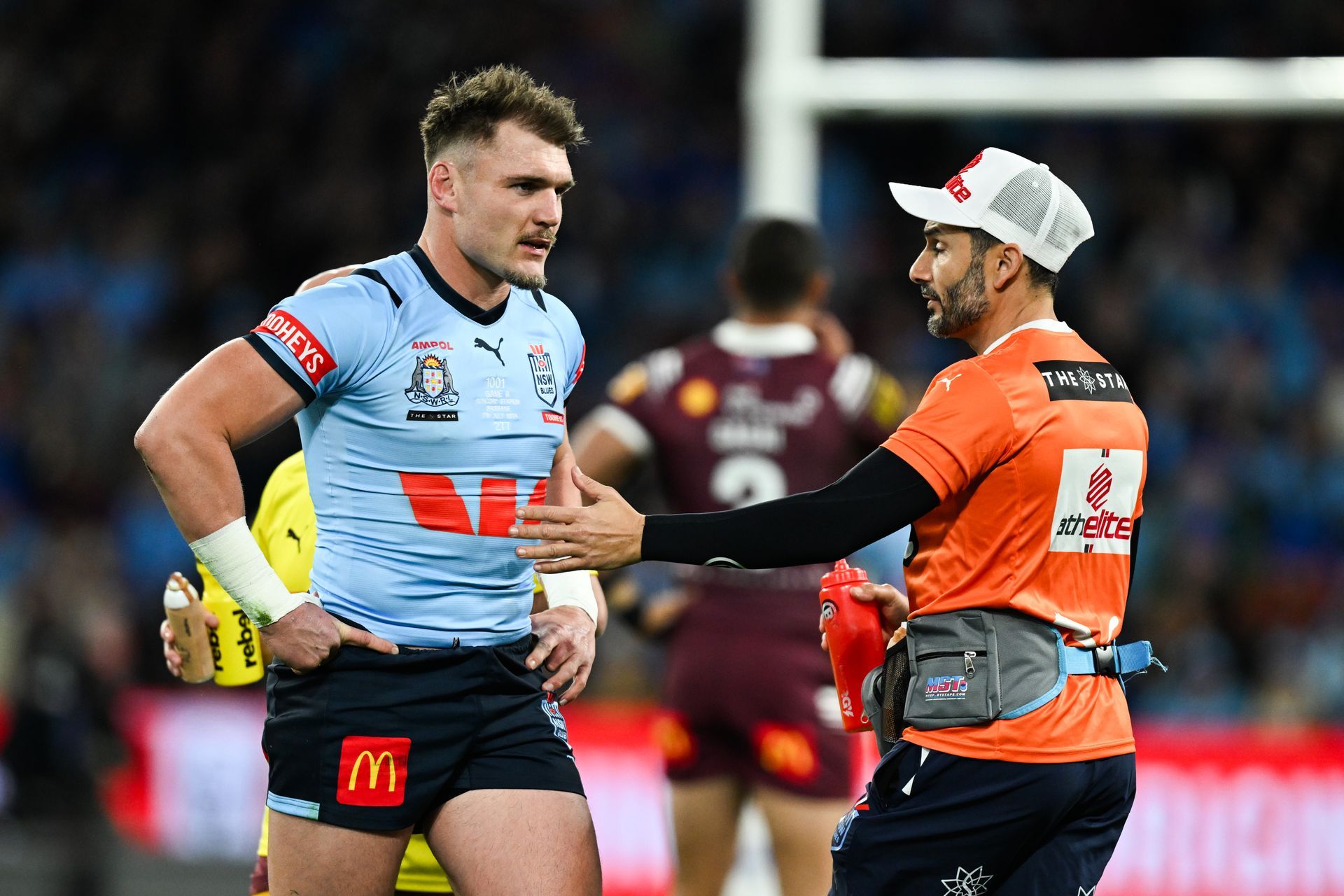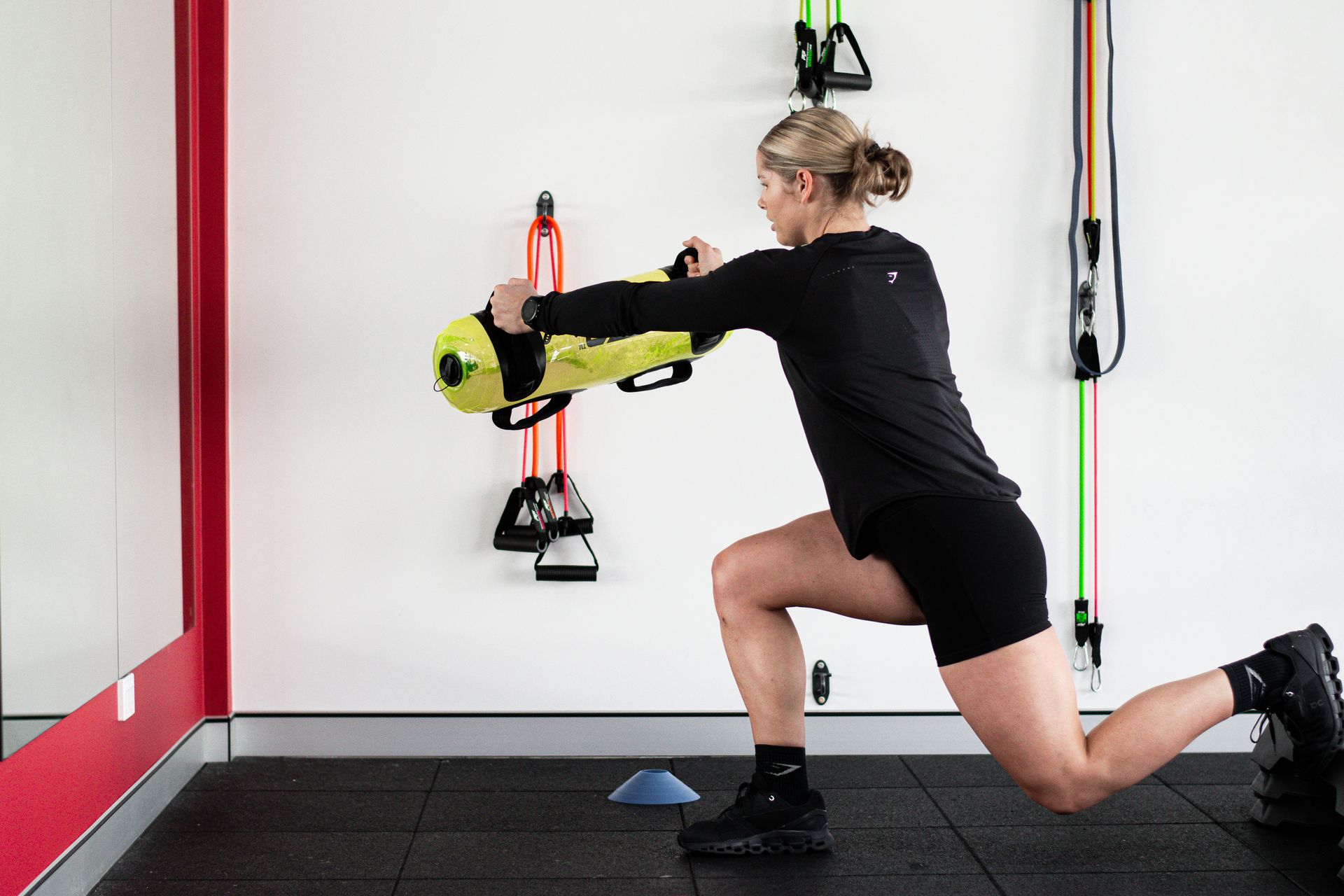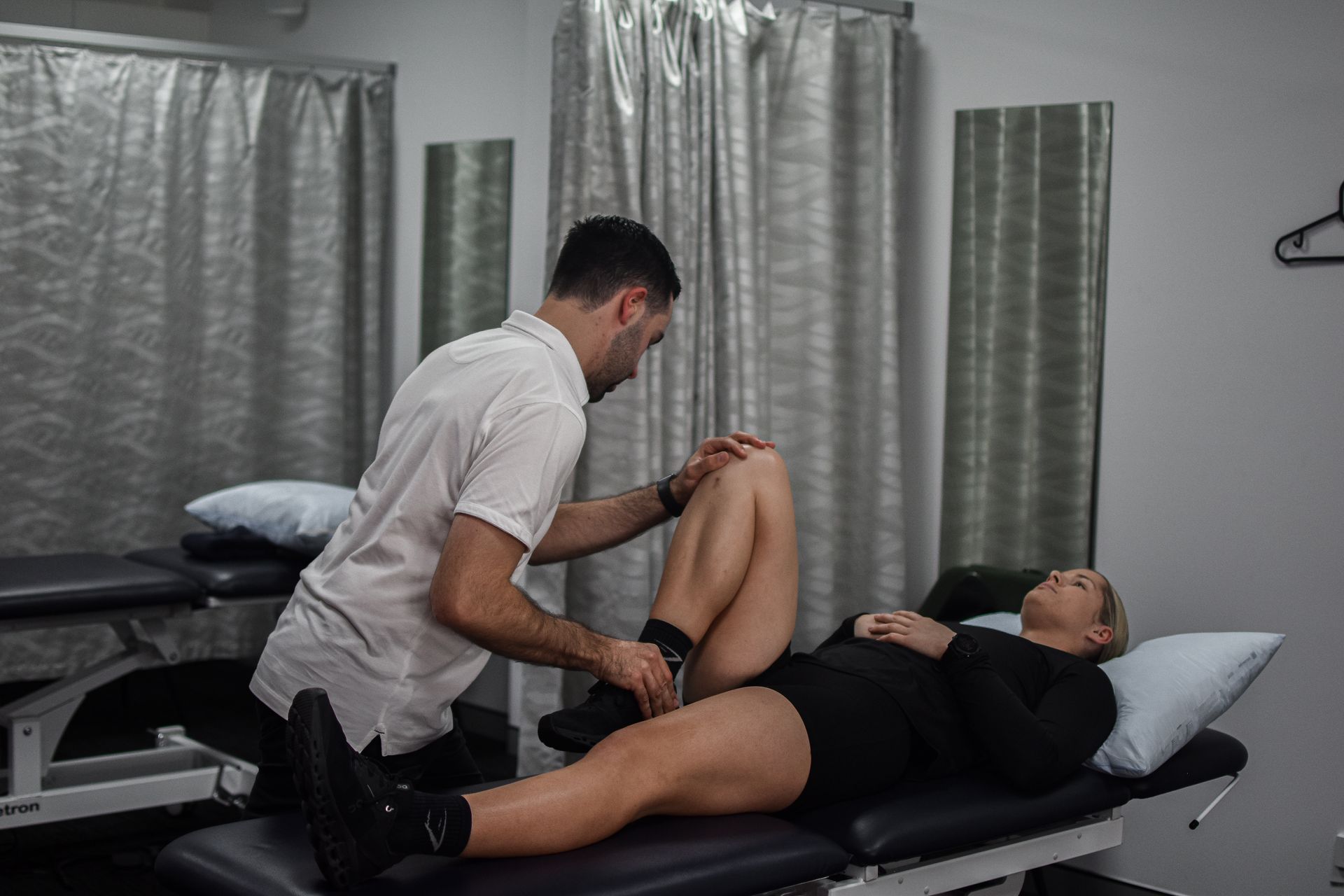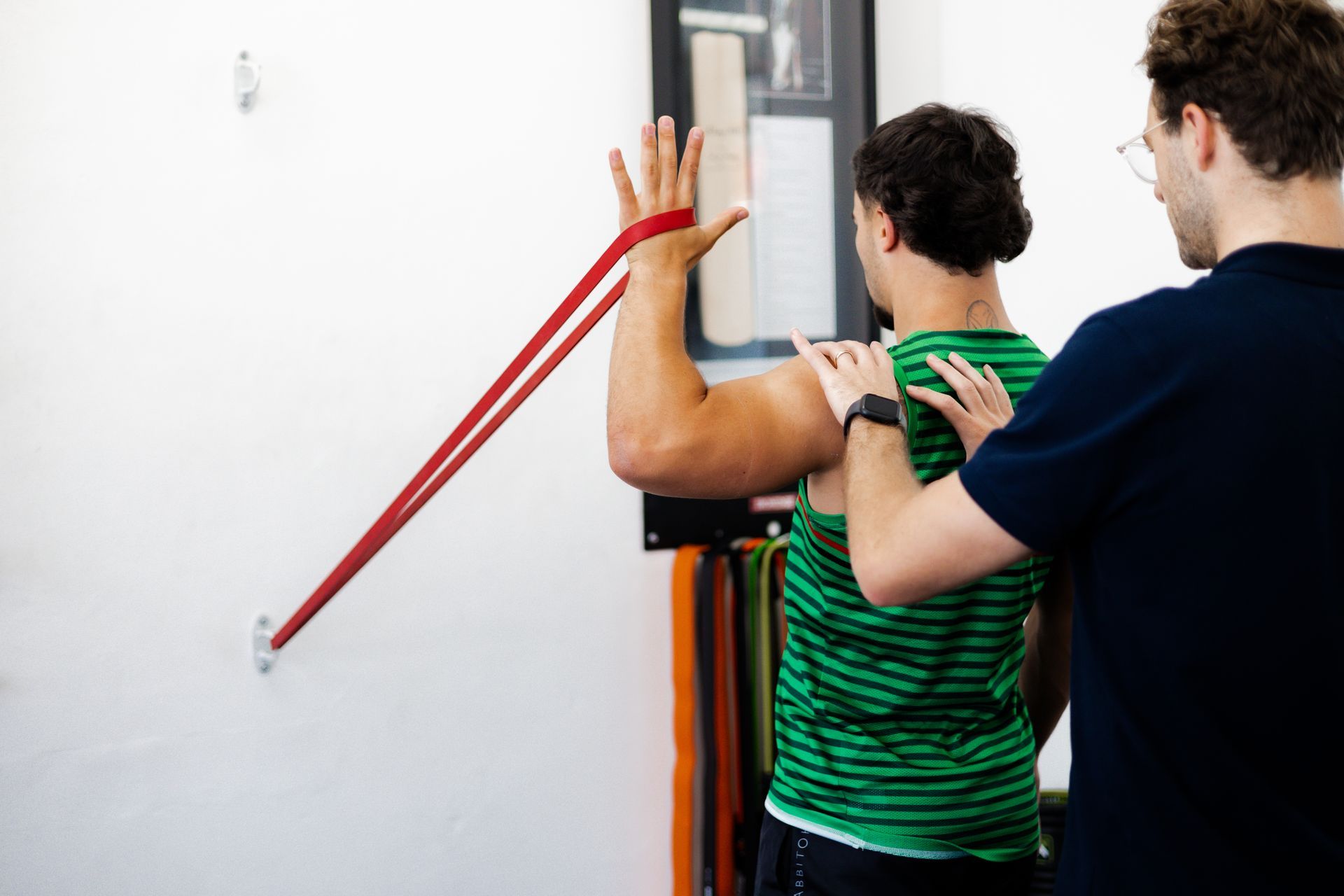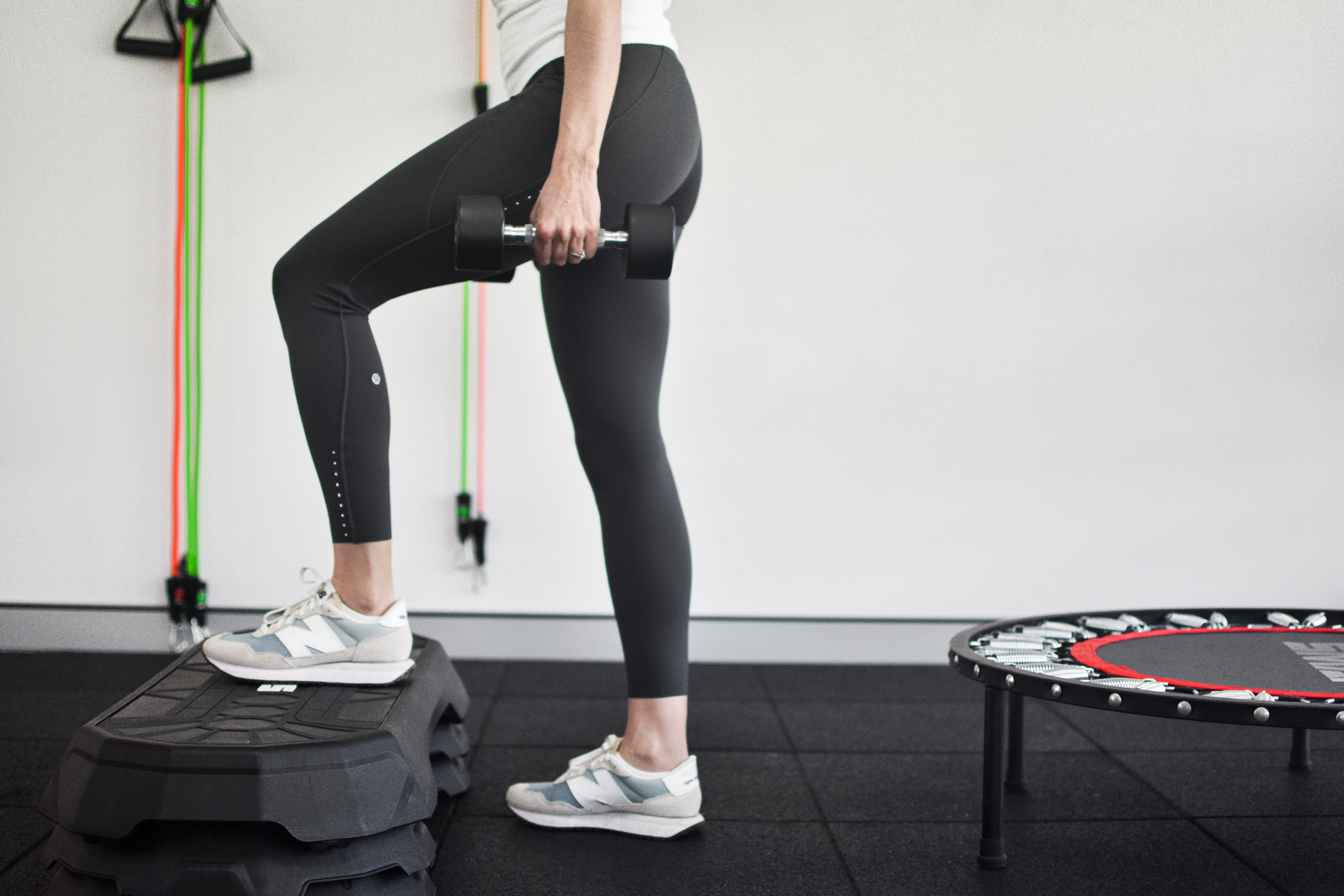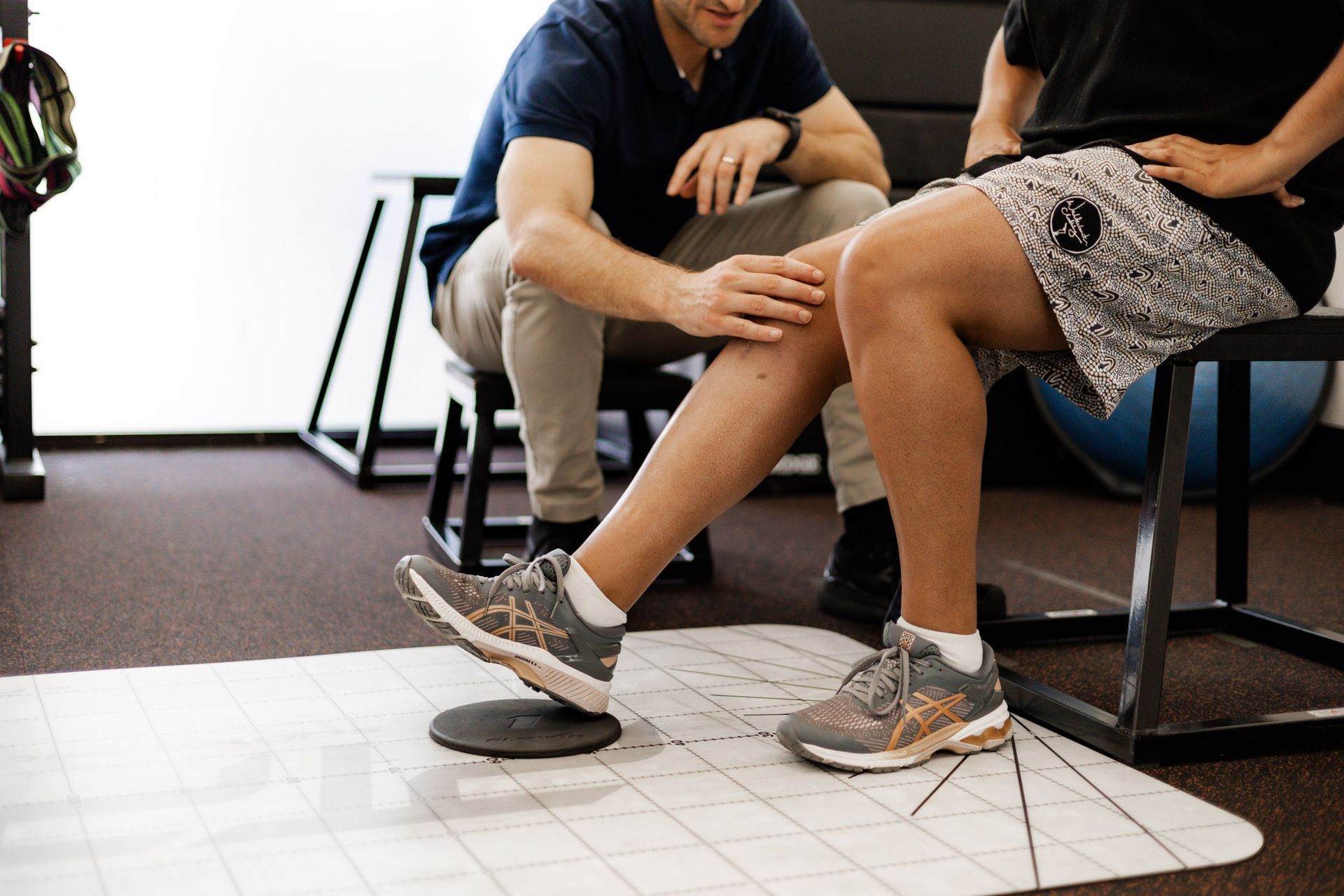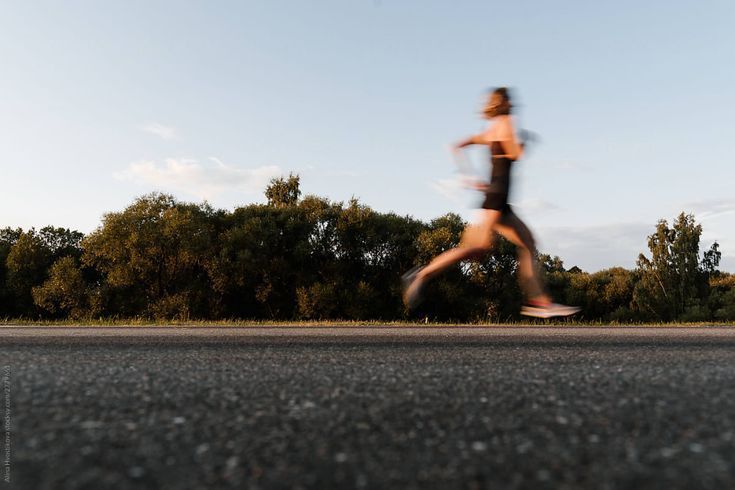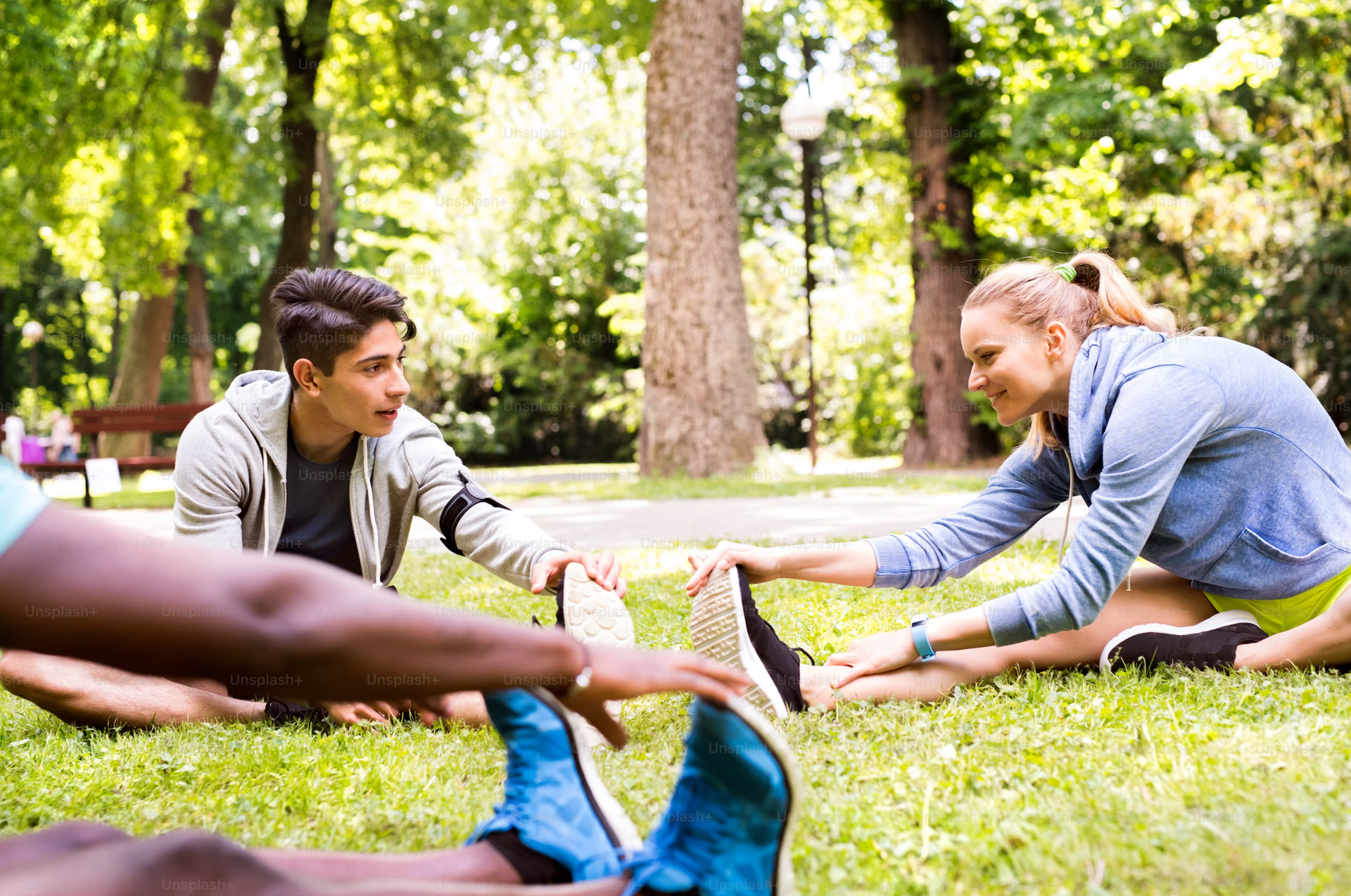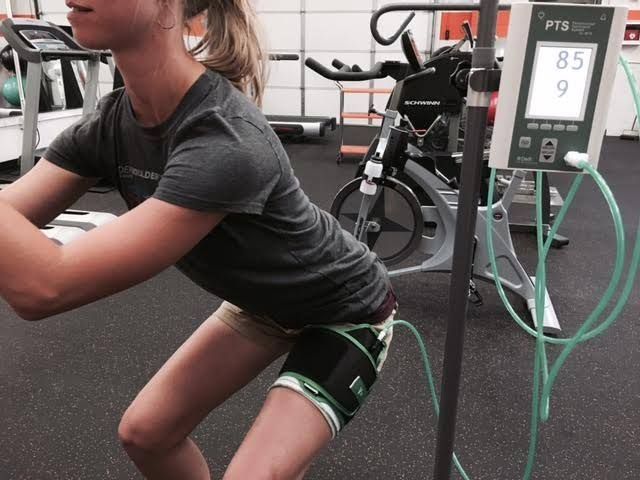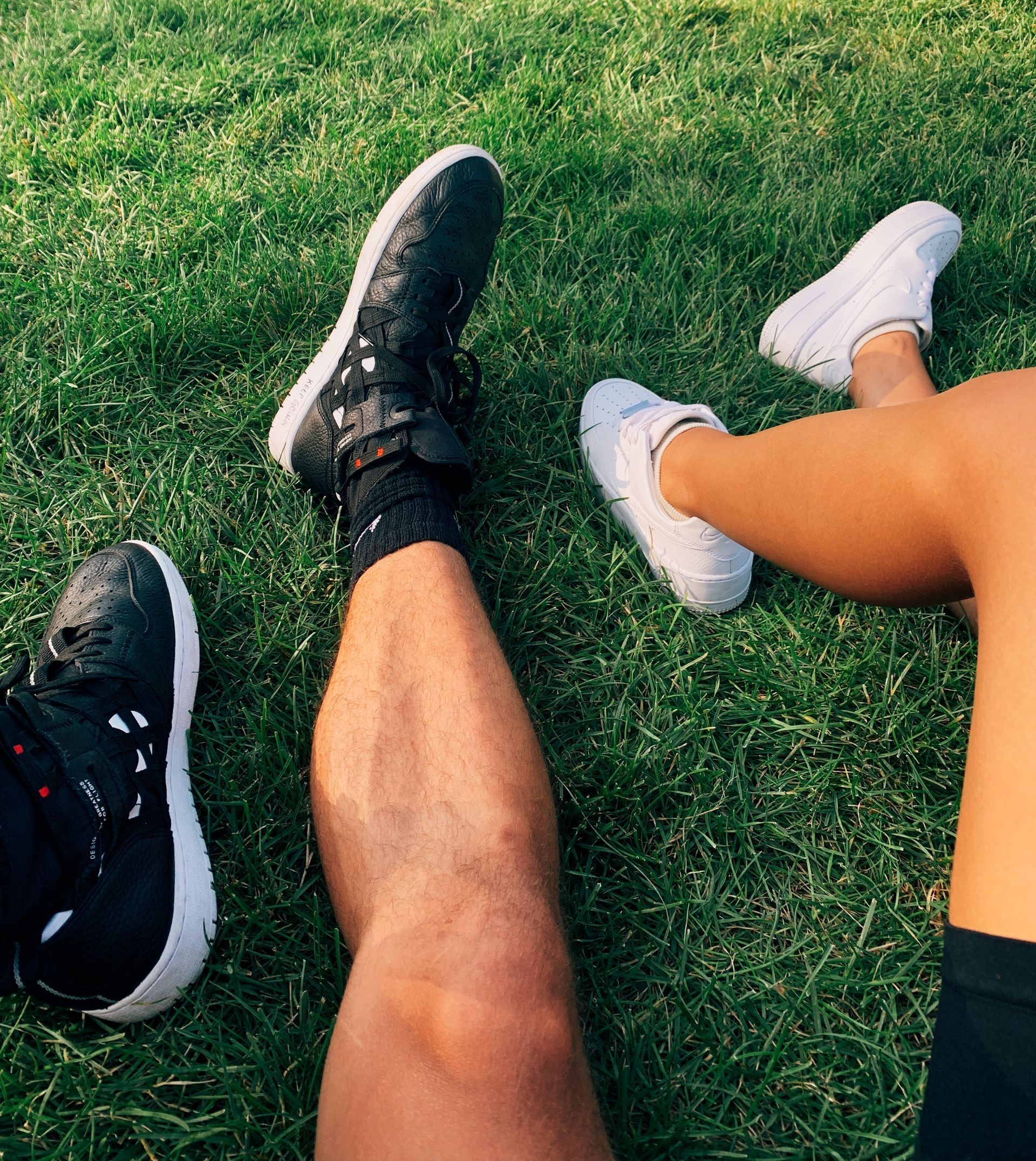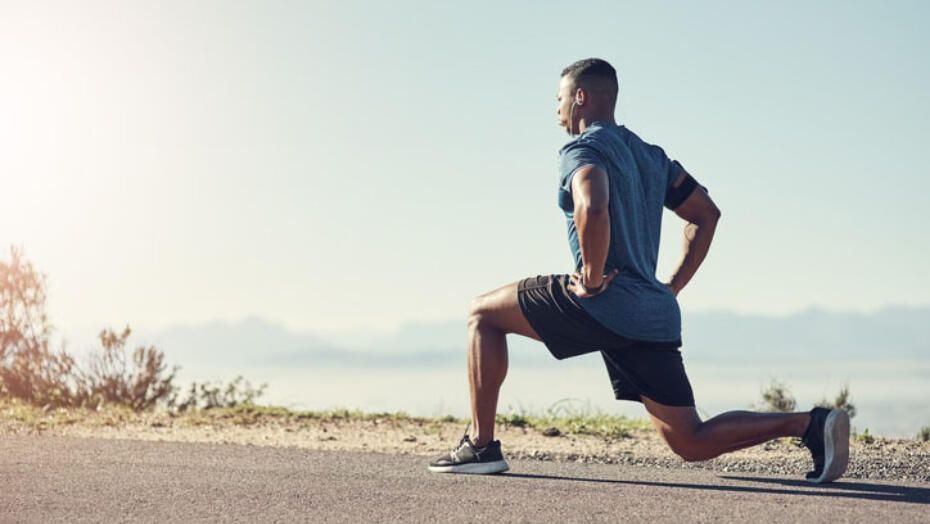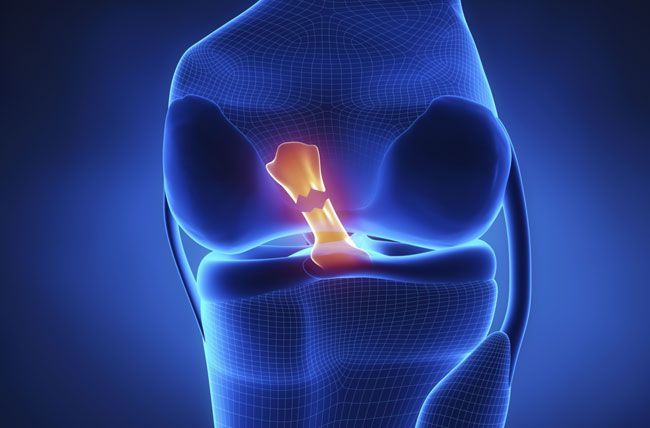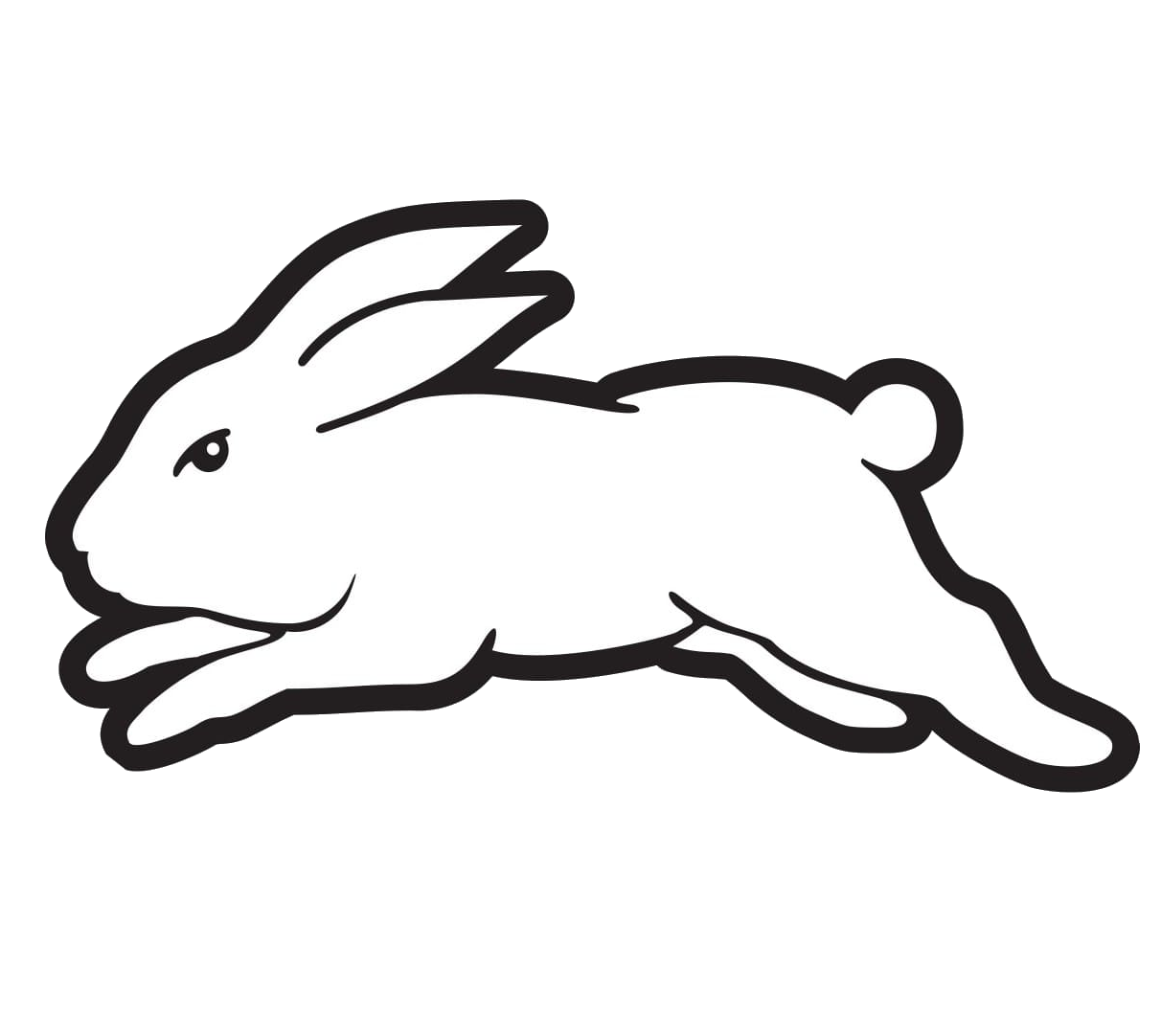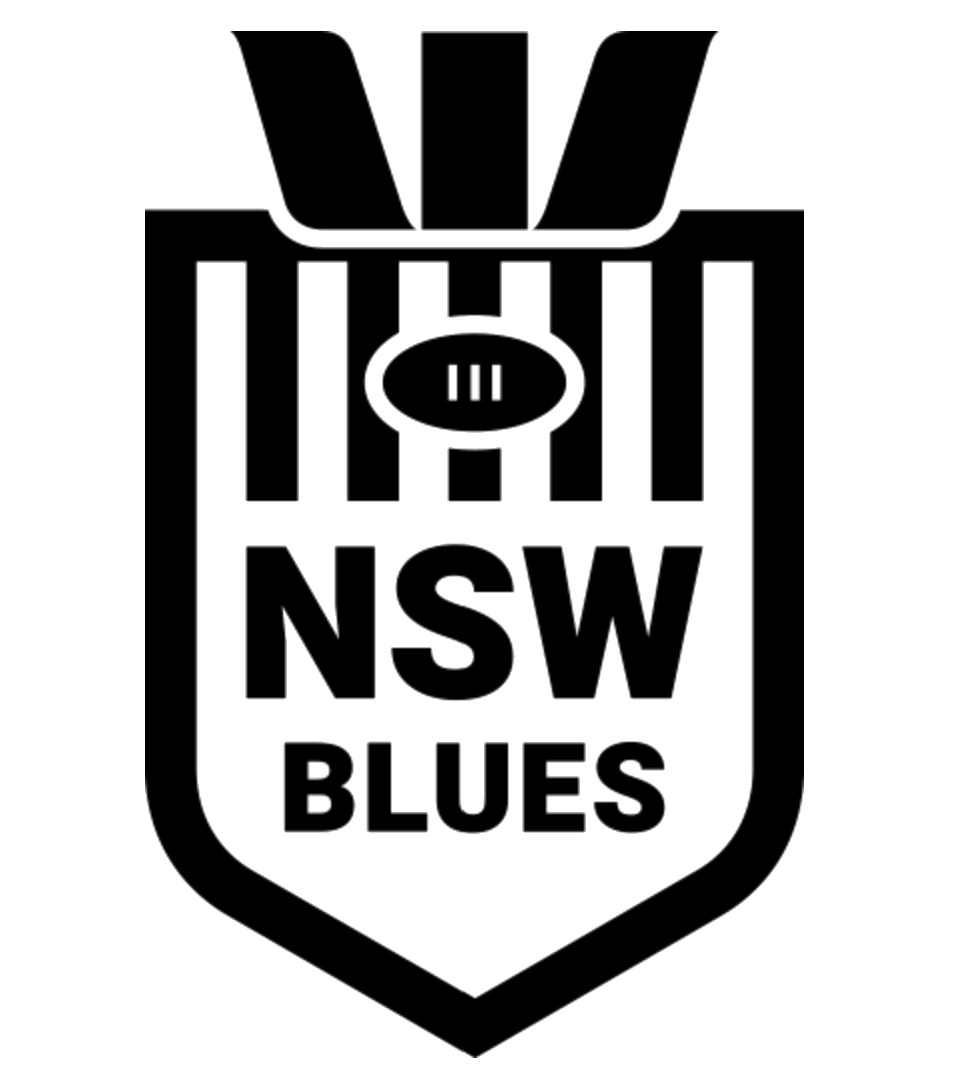Muscle Tightness. To Stretch or To Strengthen.
Feeling Tightness: To Stretch or Strengthen?
Feeling “tight” is something we have all gone through in life at some stage. Whether that is after sitting at our work-desks for hours on end and getting a gripping discomfort in our neck or after a hard day training session and feeling like we can’t move our legs properly. You’ve clicked on this blog to find out how to deal with it. But before we do that, we need to take a bit of a dive into what tightness is.
What is Tightness?
Contrary to common belief, tightness is not mechanical but a feeling. It is not the same thing as physical stiffness in a joint or shortness in a muscle causing a decrease in range of movement.
Often, we may see someone come through the door complaining of tightness in their hamstrings after increasing their running; but on physical assessment they are able to touch the floor. And on the flip side of that, there are people who can barely reach past their knees and don’t complain of any feeling of restriction, discomfort or tightness in their hamstrings.
A study by Stanton et al. 2017 hypothesises that back “stiffness” is a “perceptual protective construct” rather than biomechanics. Those who feel stiff, are self-protective; over-estimating forces applied to their spine but also more acute at detecting small changes in force. This perception can be altered with audio input without changing actual stiffness.
This study is much in line with recent Pain Science pioneered by Professor Lorimer Moseley; providing evidence for the fact that pain can exist in the complete absence of physical tissue damage.
Using this study, we can reason similarly that tightness is a protective construct and that when we feel tight, it is our body trying to protect us against the stresses we are placing on it; whether that is sitting for excessively long periods or pushing a Couch to 5 km running program a bit too enthusiastically.
Why Am I Feeling Tight?
The precipitating factors that would have led to your specific individual tightness can only be accurately assessed by a thorough history and objective examination.
However, in a nutshell, feelings of muscle tightness are usually a sign that the loads we are placing on our tissue are exceeding their capacity.
For example, dramatically increasing your running load over a few weeks to prepare for a Marathon or heading back into your first few training sessions after the Off-Season, may cause tightness in certain muscles of the legs. This is a sign that we are doing a little too much and placing ourselves at a much greater risk of injury if you were to continue or increase that work-rate.
On the other hand, you may feel tight after long days sitting at the desk. This is likely due to a lack of endurance in the muscle, inadequate blood flow to them and a build-up of metabolic stress. The feeling of tightness is literally urging you to get moving.
How do I fix tightness?
Given that tightness is a subjective sensation and not reflective of joint stiffness or muscle shortening; all the stretching in the world will not be of much use unless there was in fact a biomechanical restriction.
Resistance Training on the other hand, has been shown to create local adaptations in muscle to improve their endurance and reduce the likelihood of metabolic distress and feelings of tightness.
Furthermore, Resistance Training will increase the load capacity of tissue and minimise the risk of actual injury.
Research has also shown that exercise has an analgesic effect and can reduce Central Nervous System sensitivity.
Next time you are feeling tightness in your upper traps after sitting for too long, try some Shrugs rather than Stretching it out and see how you feel?
“You Can’t Go Wrong, Getting Strong”
For a more comprehensive assessment of all the Contributing Sport, Work and Lifestyle Factors that may be contributing to your tightness; book in with one of our Physiotherapists for a Consultation to identify and address the underlying issues before it turns into Pain.
